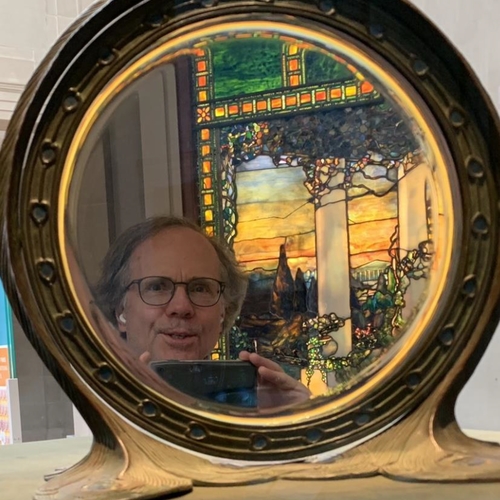
David Damschroder
2106 4th St S
Minneapolis,
MN
55455
Professor: Theory
David Damschroder trained in mathematics, keyboard performance, and music theory, earning graduate degrees from the Eastman School of Music and Yale University. He joined the Minnesota faculty in 1983.
Damschroder's current research focuses on harmony in tonal music, a project that began with a careful examination of historical analytical practices, the basis for his Thinking About Harmony: Perspectives from the Eighteenth and Nineteenth Centuries (Cambridge University Press, 2008). The project has continued with focused studies on music by individual composers: Harmony in Schubert (Cambridge University Press, 2010), Harmony in Haydn and Mozart (Cambridge University Press, 2012), Harmony in Chopin (Cambridge University Press, 2015), Harmony in Beethoven (Cambridge University Press, 2016), and Harmony in Mendelssohn and Schumann (Cambridge University Press, 2018). The next volume, The European Harmonic Heritage after 1850 (devoted to Verdi, Wagner, Liszt, Brahms, and early Debussy), is nearing completion.
Damschroder offers a foundational course on tonal analysis every Fall semester: Mus 4571, devoted to Chromatic Harmony and Form, including melody harmonization and ear-training. More advanced courses are offered during the Fall in a two-year rotation: Mus 5571/8581, a linear approach to European art music 1700–1850; and Mus 5572/8585, an intensive seminar on chromatic harmony post-1850. All of Damschroder's courses apply his innovative procedures for harmonic analysis. The 8585 course incorporates a broad assessment of other analytical approaches to chromatic harmony. Graduate music theory majors with research interests in tonal music often have the opportunity to apprentice as teaching assistants in the 4571 course.
Offshoots of Damschroder's teaching include the textbooks Listen and Sing (Schirmer/Wadsworth, 1995), Foundations of Music and Musicianship (Schirmer/Wadsworth, 2006), and Tonal Analysis: A Schenkerian Perspective (W. W. Norton, 2018). Damschroder is the principal author of Music Theory from Zarlino to Schenker (with David Russell Williams, Pendragon Press, 1990), which the Society for Music Theory honored with a special citation. His articles and reviews have appeared in Music Theory Spectrum, The Journal of Music Theory, Music Theory Online, In Theory Only, The Journal of Music Theory Pedagogy, The Journal of Musicological Research, and Gamut.
As a complement to his scholarly, analytical and pedagogical work, Damschroder occasionally performs on fortepiano and modern piano. He has traveled extensively throughout Europe and India. His interests outside of music include Renaissance art, German literature, and yoga.